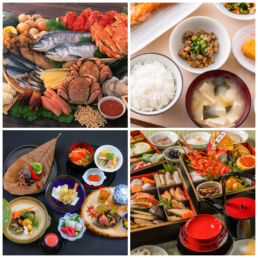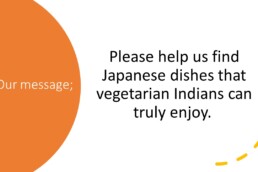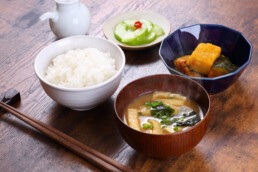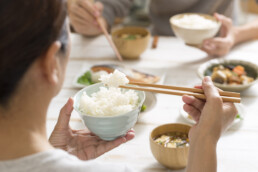At the beginning of our journey to enjoy the differences between Japanese and Indian food and to find the mutual value, we will introduce the characteristics of Japanese dietary culture WASHOKU.
Japan, with its long north-south axis and four distinct seasons, has a rich and diverse natural environment, and the food culture born there has been nurtured to accompany it.
These customs related to dietary, based on the Japanese people’s disposition to respect nature, have been registered as Intangible Cultural Heritage by UNESCO under the title “Washoku, traditional dietary cultures of the Japanese, notably for the celebration of New Year.”
What is UNESCO’s Intangible Cultural Heritage?
Intangible cultural heritage is a formless culture, such as performing arts or traditional craft techniques, that is closely related to local history and customs.
The Convention for the Safeguarding of the Intangible Cultural Heritage of UNESCO has implemented a registration system in order to protect this intangible cultural heritage and increase the momentum for mutual respect.
Kutiyattam (Sanskrit drama), Mudiyettu (Kerala ritualistic theatre and dance drama), and Sankirtana (Manipur ritualistic singing, drumming, and dance) are UNESCO Intangible Cultural Heritage in India.
Four characteristics of WASHOKU
1) Appreciation for the variety and freshness of ingredients, as well as their unique flavours
The land of Japan is long from north to south, and the country is rich in nature, with oceans, mountains, and villages, so a variety of ingredients rooted in the local area are used in each region. In addition, cooking techniques and tools have been developed to make the most of the unique flavours of the ingredients themselves.

2) Nutritional balance to aid in the maintenance of a healthy diet
The Japanese diet, based on one soup and three side dishies “Ichi-juu San-sai” (“Ichi” means one, “Juu” means soup, “San” means three and “Sai” means side dishies) , is said to ensure an ideal nutritional balance. In addition, by making good use of “umami” flavour, a diet low in animal fats and oils has been achieved, which has contributed to the longevity of the Japanese people and the prevention of obesity.
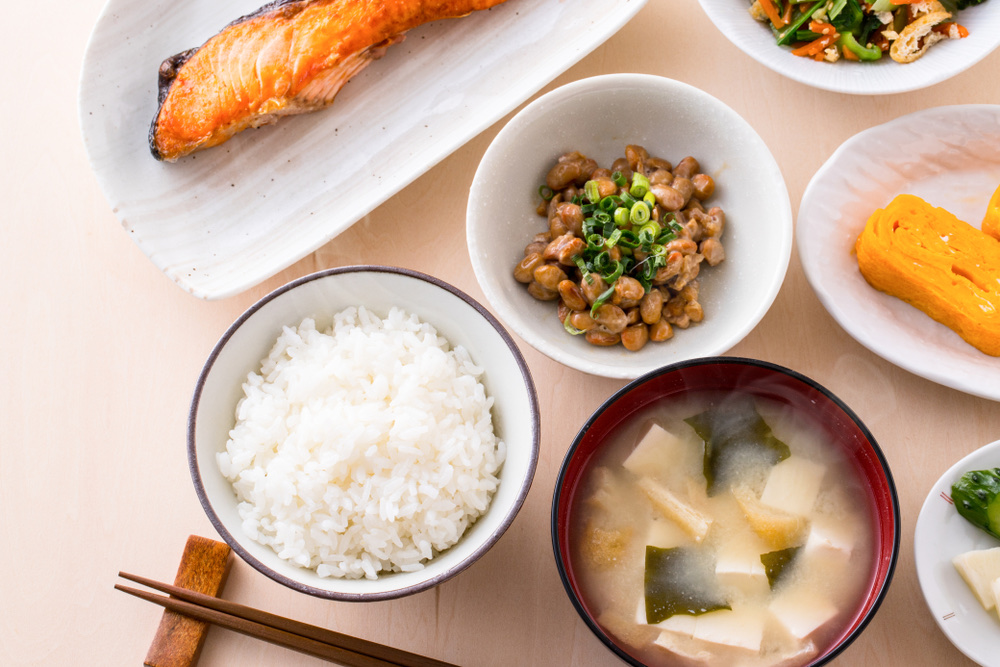
3) Expressing the beauty of nature and the changing of the four seasons
Another characteristic is that they express the beauty of nature and the changing of the seasons at meals. They decorate their dishes with seasonal flowers and leaves and use seasonal furnishings and utensils to enjoy the sense of season.
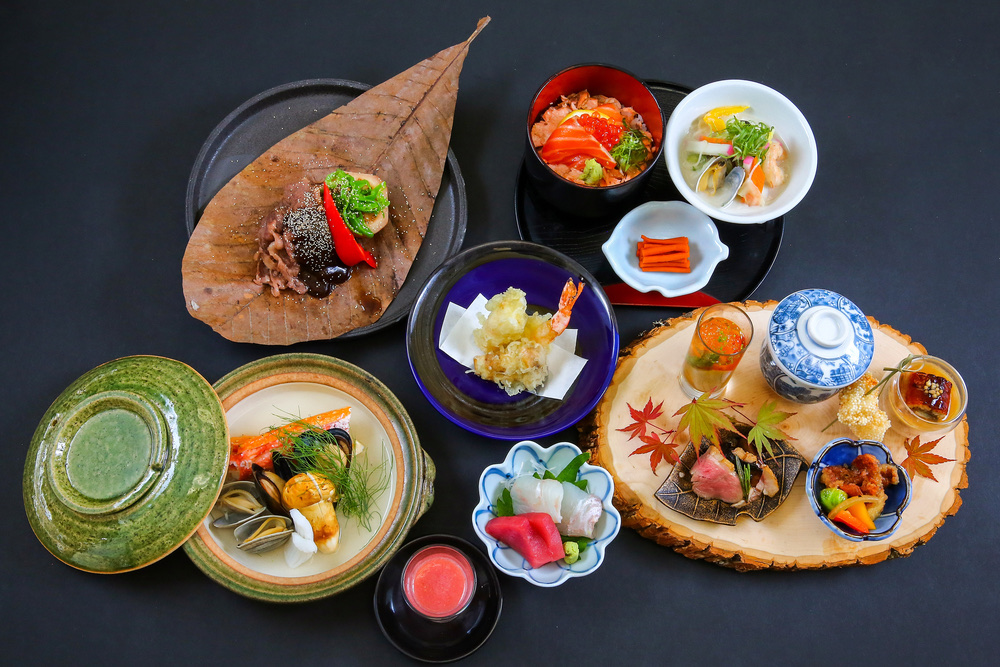
4) Close association with annual events such as New Year’s
Japanese dietary culture has been nurtured through its close relationship with annual events. Sharing food, which is a natural blessing, and spending time eating together has strengthened family and community bonds.
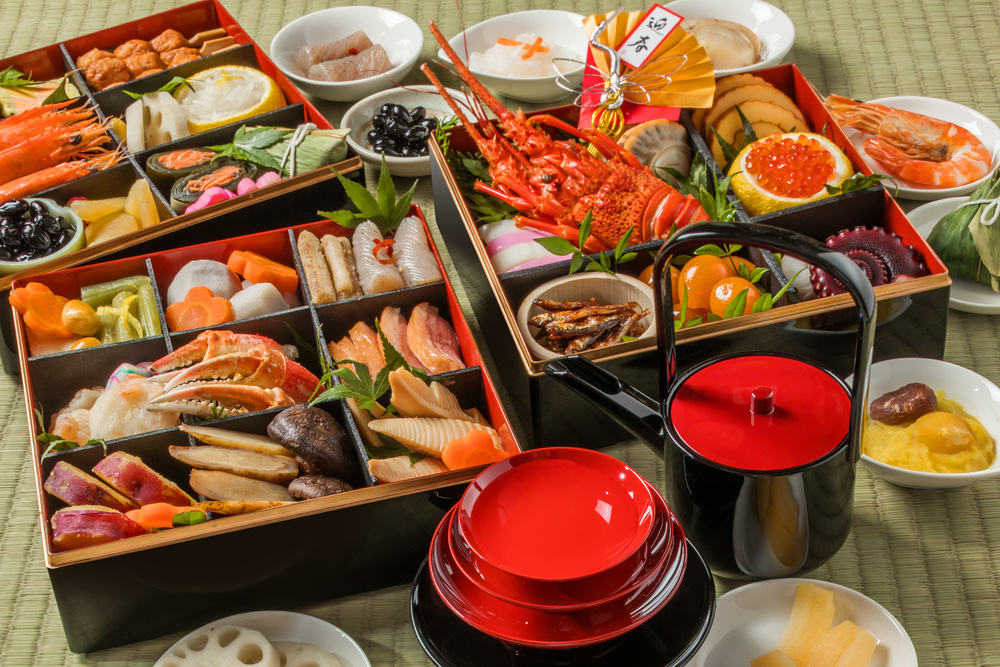
I wonder if there are some similarities with the food culture of India?
If you want to know more about Japanese culture you can check Our Differences.

